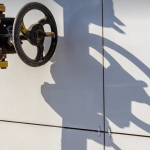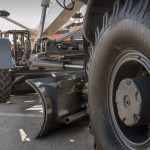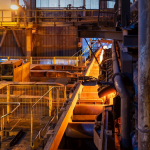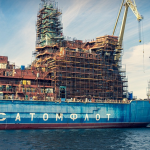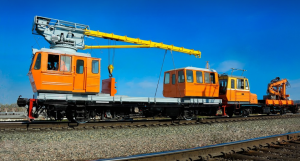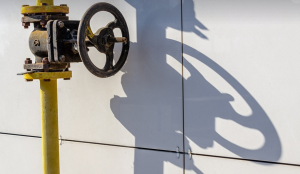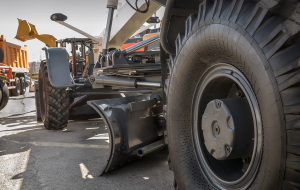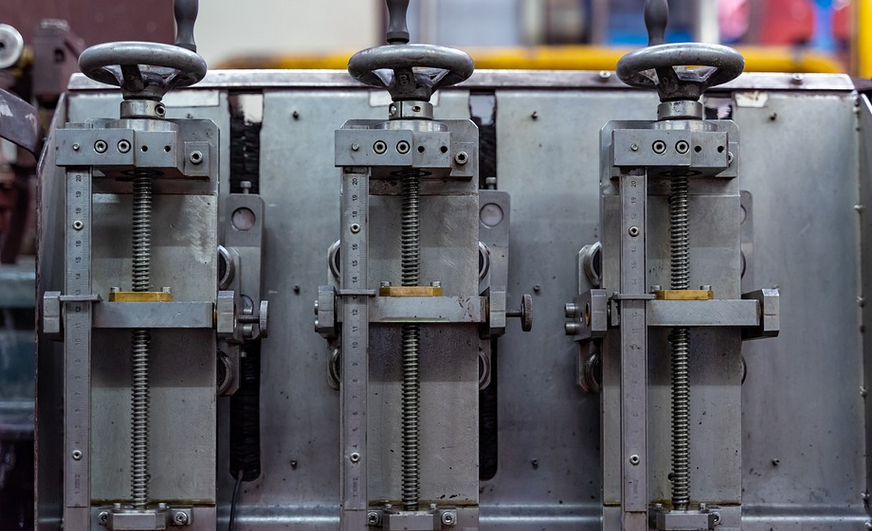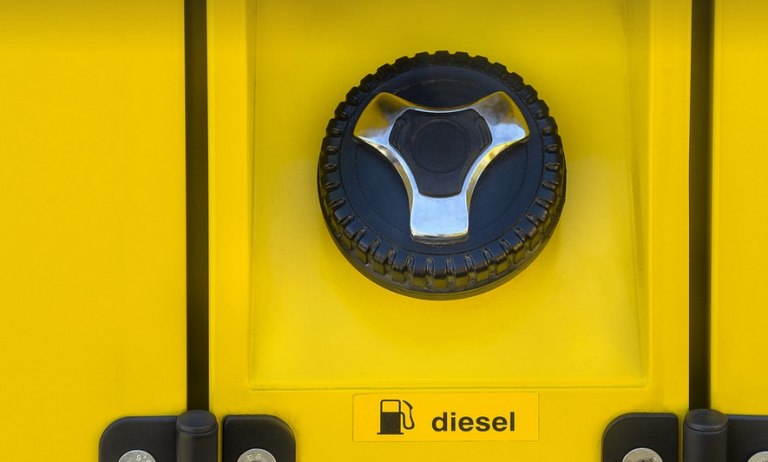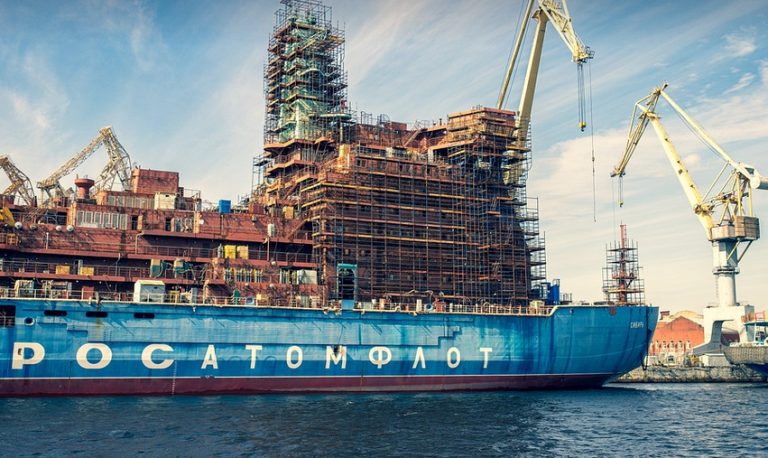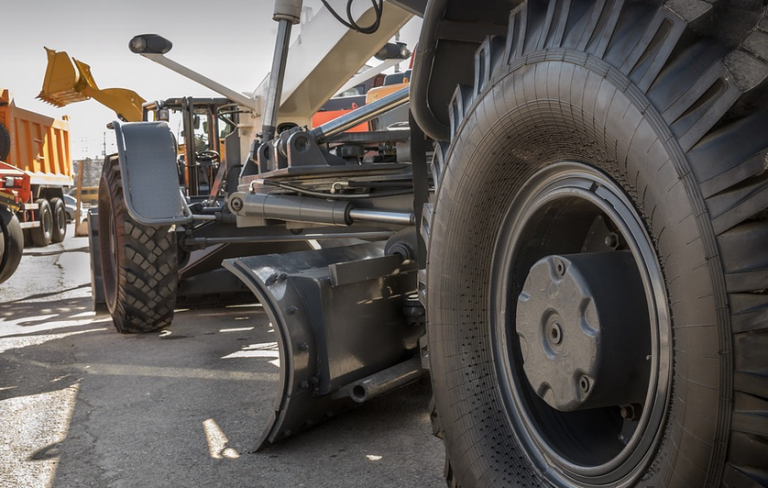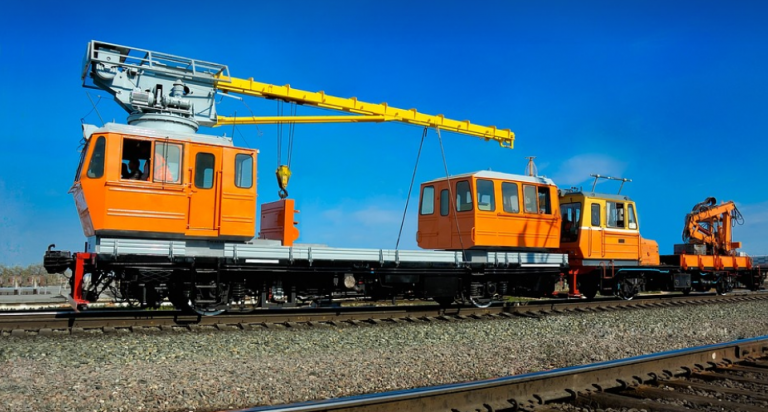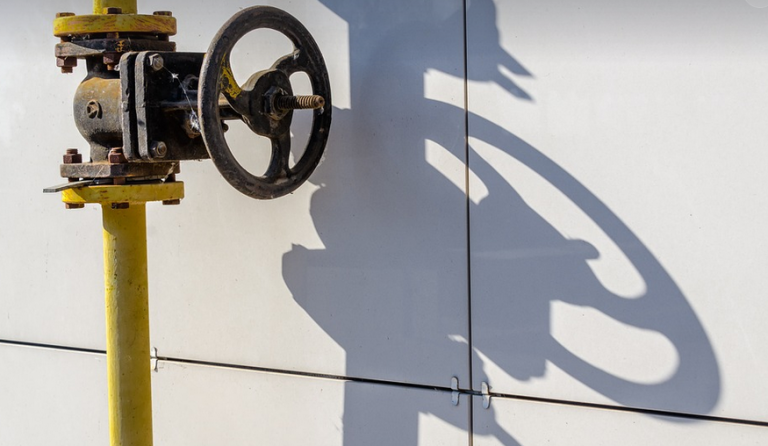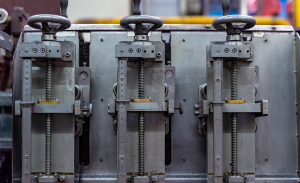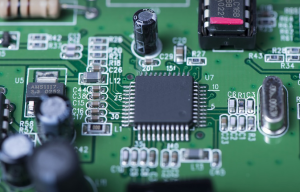Understanding the Importance of Quality Welding Rods
When it comes to welding, choosing the right rod is crucial. It’s not just about finding a rod; you need to understand what kind of metal you are working with and how that will impact your welding process.
308 stainless steel, known for its high corrosion resistance and durability, is a popular choice in various industries. However, when choosing the right rod to weld this versatile material, understanding the specific properties and nuances of 308 stainless steel is key to achieving reliable welds.
What Makes 308 Stainless Steel Welding Rods so Special?
Welding rods containing 308 stainless steel are designed for specific applications. Unlike standard steel rods, these rods offer a unique combination of mechanical properties and corrosion resistance. Their composition allows them to withstand high-temperature environments, making them ideal for demanding projects.
One of the most crucial aspects is their resistance to rusting and corrosion. This property stems from the stainless steel’s inherent chromium content, which forms a protective oxide layer on the surface of the metal. This layer inhibits the ingress of corrosive elements like water and chemicals, ensuring the longevity of welded joints.
Moreover, 308 stainless steel welding rods excel in their ability to form strong and robust welds. Their high alloy content contributes significantly to increased ductility and toughness, allowing for a wider range of applications. This characteristic makes them suitable for projects where strength, durability, and resistance to wear are critical.
Another fascinating aspect of 308 stainless steel welding rods is their versatility in welding procedures. They offer a wide range of weldability options, including shielded metal arc welding (SMAW), gas metal arc welding (GMAW), and submerged arc welding (SAW). This versatility makes them suitable for various environments.
Understanding the Factors Affecting Welding Performance
Choosing the right welding rod is just the first step. To get the best results with 308 stainless steel rods, understanding how factors like shielding gas, amperage, and electrode type affect your weld quality is very important. Let’s explore these details.
First, consider your welding process. SMAW, commonly known as stick welding, utilizes an exposed consumable electrode. GMAW, on the other hand, involves a wire feed mechanism that provides a continuous arc and adds the shielding gas. SAW uses high heat input to melt the electrodes together, making it suitable for thicker materials.
Next, you need to select the appropriate shielding gas. Depending on your welding process, different gases offer varying levels of protection against oxidation and other contaminants. Argon is a popular choice for SMAW because it creates less spatter than CO2, while CO2 is often used in GMAW due to its ability to generate high-quality welds.
Understanding the right amperage range for your welding process is also crucial. Higher amperages increase heat input and weld penetration, but they can also increase the risk of porosity and cracking if not managed correctly. It’s important to consult the rod’s technical specifications to find the recommended amperage range.
Finally, remember to select the right electrode type and diameter for your welding rod. The electrode diameter will affect the weld bead size; larger diameters create wider beads while smaller diameters produce thinner ones. The electrode type also plays a role; there are various types of 308 stainless steel rods available, each with its own unique properties and applications.
Choosing the Right Welding Rod – A Guide
Selecting the right welding rod for your project can seem overwhelming, but it doesn’t have to be. Here’s a guide to help you make an informed decision:
- Welding Process: SMAW, GMAW, or SAW
- Material Type: 308 Stainless Steel
- Thickness of Material: This impacts the type and size of electrodes needed for welding
- Corrosion Resistance: This is especially important in environments prone to corrosion.
- Weld Quality Standards: Ensure your rod meets the required standards, such as AWS or ASME.
Following these guidelines will equip you to choose the right welding rod. Remember to always check with your supplier for the most accurate technical specifications and safety precautions.
Maintenance and Storage of 308 Stainless Steel Welding Rods
Proper maintenance and storage are critical to extending the lifespan of your welding rods. This ensures optimal performance and prevents wastage. Here’s a breakdown of essential steps
- Storage: Store 308 stainless steel welding rods in a cool, dry place away from direct sunlight or heat sources.
- Use Appropriate Containers: Use sealed containers to prevent moisture absorption and contamination.
- Keep Away From Corrosive Elements: Avoid storing rods near chemical substances as they could weaken the metal.
- Regular Inspection: Inspect your welding rod regularly for any signs of damage, especially cracks or breaks in the electrode.
Following these guidelines ensures the longevity and effectiveness of your welding rods. By taking care of your rods, you can extend their lifespan and achieve reliable weld joints time after time.
Conclusion: Embrace the Power of 308 Stainless Steel Welding Rods
Welding with 308 stainless steel rods offers a compelling solution for its versatility and durability. The right tool in hand will make all the difference when it comes to achieving quality welds on various projects. Understanding the intricacies involved in choosing, using, and maintaining these rods is key to making your welding process a success.
Remember that the journey towards mastering welding with 308 stainless steel rods begins with careful planning and informed decision-making. With each project you undertake, remember to prioritize quality, precision, and safety, ensuring long-lasting welded joints for years to come.

